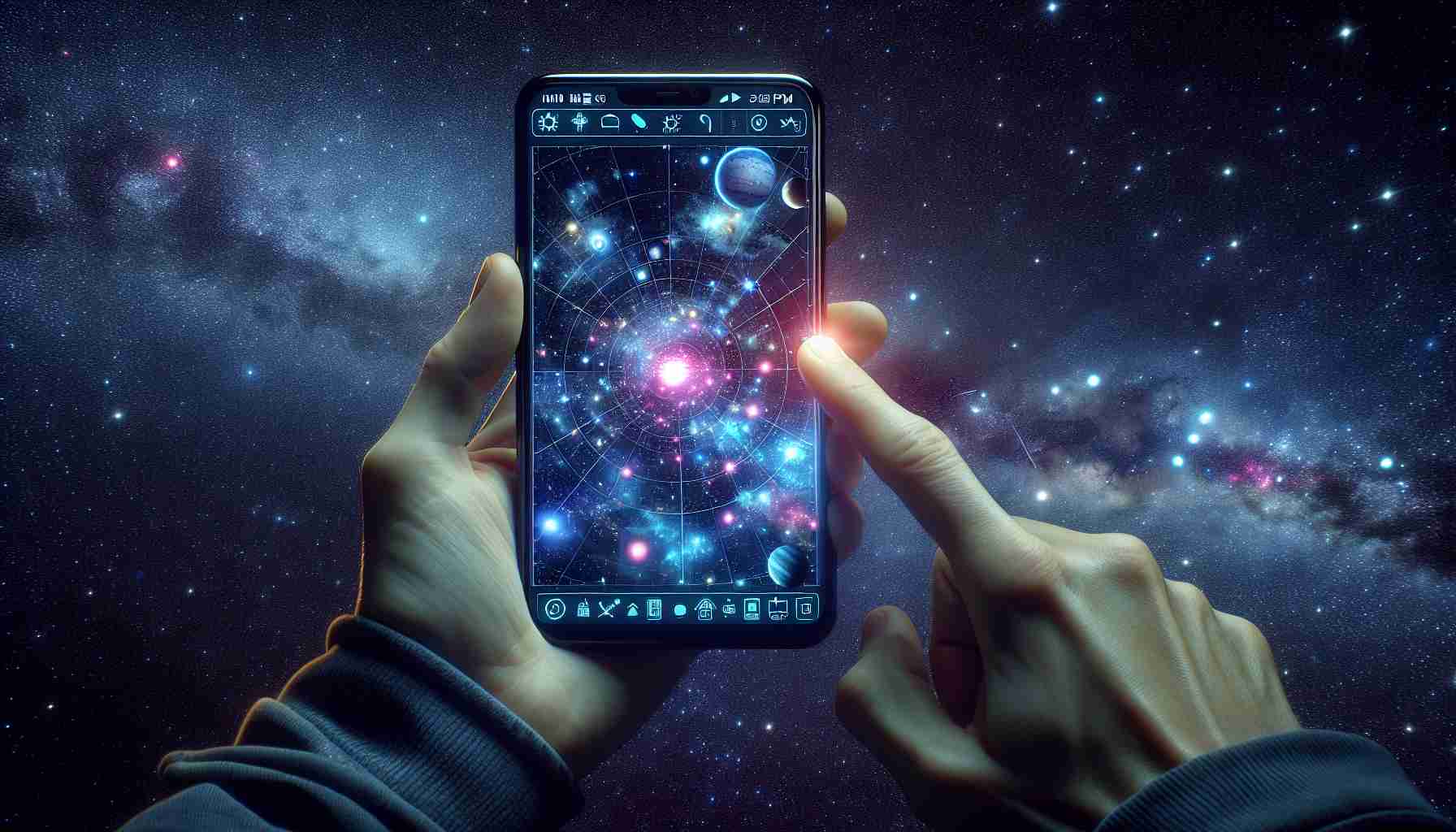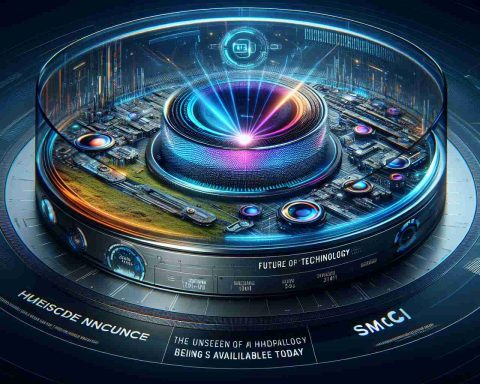In recent years, astronomy has undergone a technological revolution, and now, thanks to the latest advancements in smartphone technology, stargazing and exploring the cosmos is more accessible than ever before. Smartphones are not only powerful tools for communication and entertainment but have also become essential gadgets for astronomy enthusiasts.
Integrating Cutting-edge AI
Smartphones are now equipped with advanced artificial intelligence (AI) capabilities, enabling users to identify stars, planets, and even satellites with unprecedented accuracy. Descriptive algorithms assess the night sky, providing real-time information on celestial objects that users point their phones toward. These AI-driven features transform smartphones into personal astronomy guides, perfect for amateur stargazers and seasoned astronomers alike.
Real-time Data and AR
The use of augmented reality (AR) in smartphone astronomy apps takes the star-viewing experience to a new level. Imagine pointing your phone at the night sky and immediately seeing overlays of constellations, historical celestial events, or even upcoming meteor showers. With AR, enthusiasts can engage with the universe interactively, heightening their educational and observational experiences.
Building a Community
As these technologies evolve, smartphone apps are also focusing on building a global community of astronomy lovers. Users can share their findings, capture stellar images, and even participate in crowd-sourced space discoveries. Innovative platforms allow users worldwide to connect, share insights, and collaborate on unraveling the mysteries of the cosmos.
The fusion of these advanced technological features with present-day smartphones ensures that the stars are quite literally at everyone’s fingertips, revolutionizing amateur astronomy and enabling a deeper connection with the universe.
The Stars in Your Pocket: How Smartphone Astronomy is Changing Lives
As smartphone technology brings the universe closer to home, discussions naturally emerge around the social and cultural impacts of this celestial accessibility. But how might these advancements affect day-to-day life and extend beyond the realm of casual hobbyists?
Educational Empowerment
One significant impact is on education. Educators and parents are leveraging smartphone apps to introduce children and students to astronomy, sparking curiosity in scientific fields. This interactive mode of learning fosters a hands-on educational experience, potentially nurturing future astronomers and innovators. Schools across the globe are now incorporating these apps into their science curricula, democratizing access to knowledge previously confined to observatories and specialized equipment.
Cultural and Environmental Awareness
Why should we care about the stars? Observing celestial bodies instills a sense of interconnectedness and humility, highlighting the small role humans play in the vast universe. This has sparked a surge in environmental consciousness, as people realize the importance of preserving our planet as part of this larger cosmos.
Health and Well-being
Interestingly, engaging with the night sky has been shown to have psychological benefits. Stargazing apps can encourage people to spend time outdoors, known to improve mental health and reduce stress. Could this accessible hobby become an alternative to digital escapism?
Advantages and Disadvantages
While technological integration opens new frontiers, it also raises questions about screen time and data privacy. Are we willing to trade personal data for these enhanced experiences? Despite privacy concerns, the benefits of widespread curiosity about our universe seem to outweigh the risks.
For a deeper understanding of how technology intersects with our cosmic curiosity, explore more at NASA and Space.com.




























